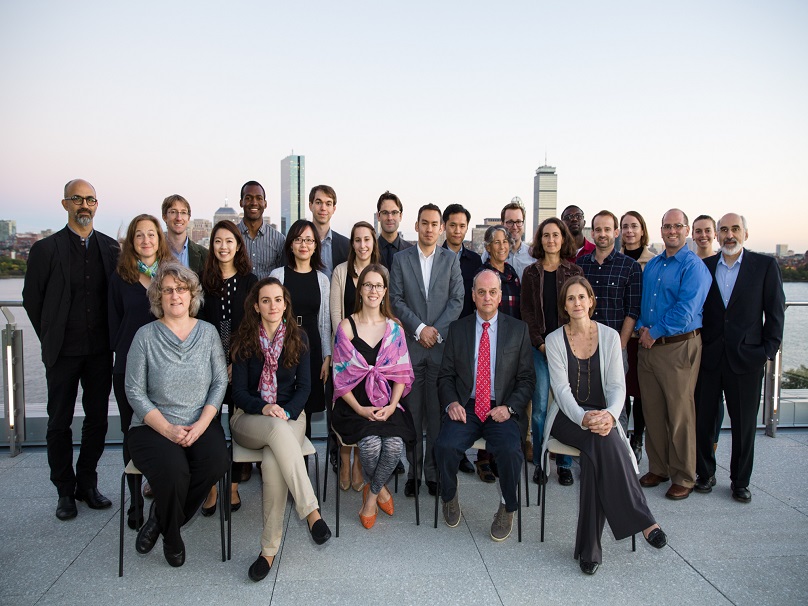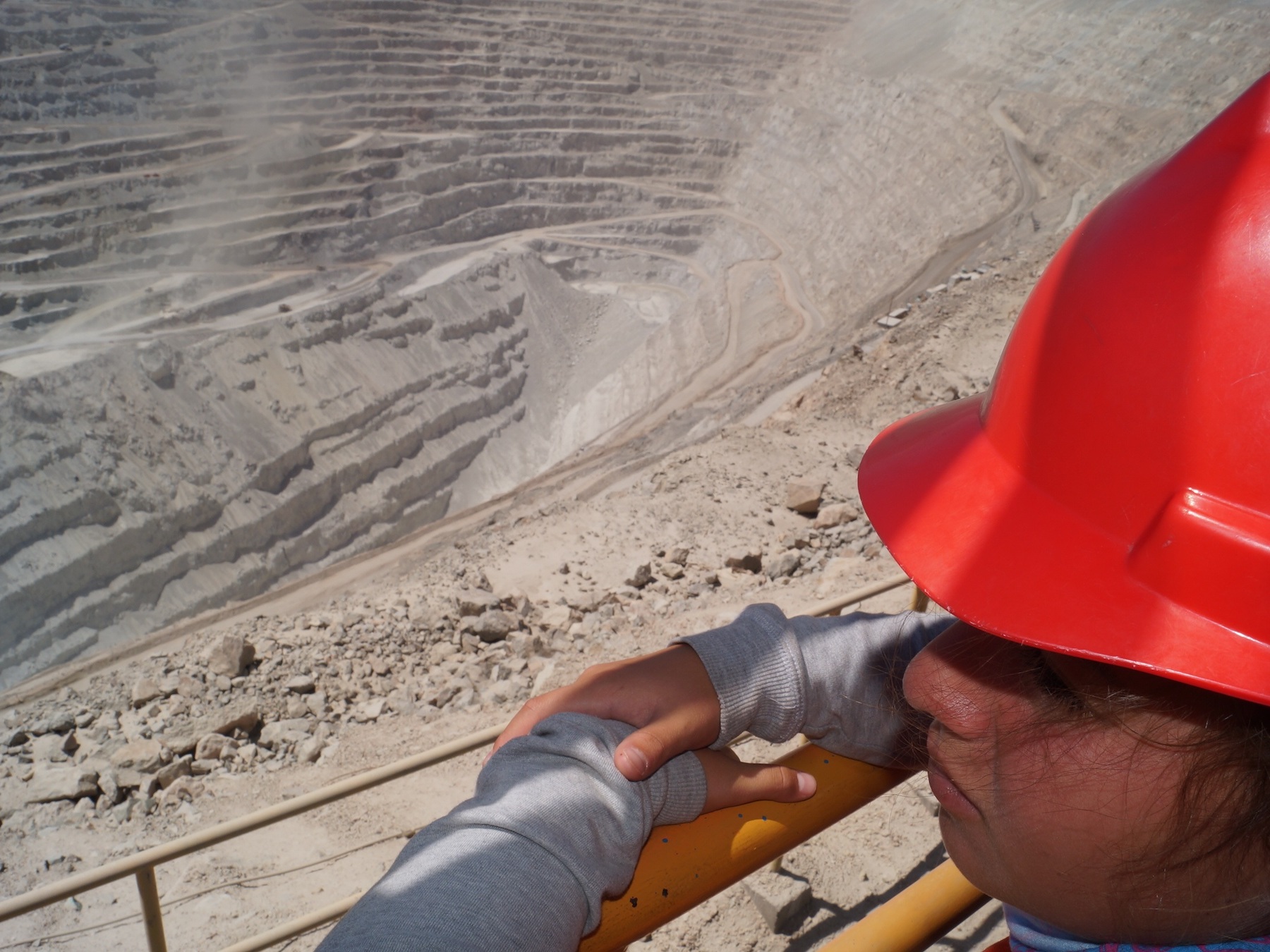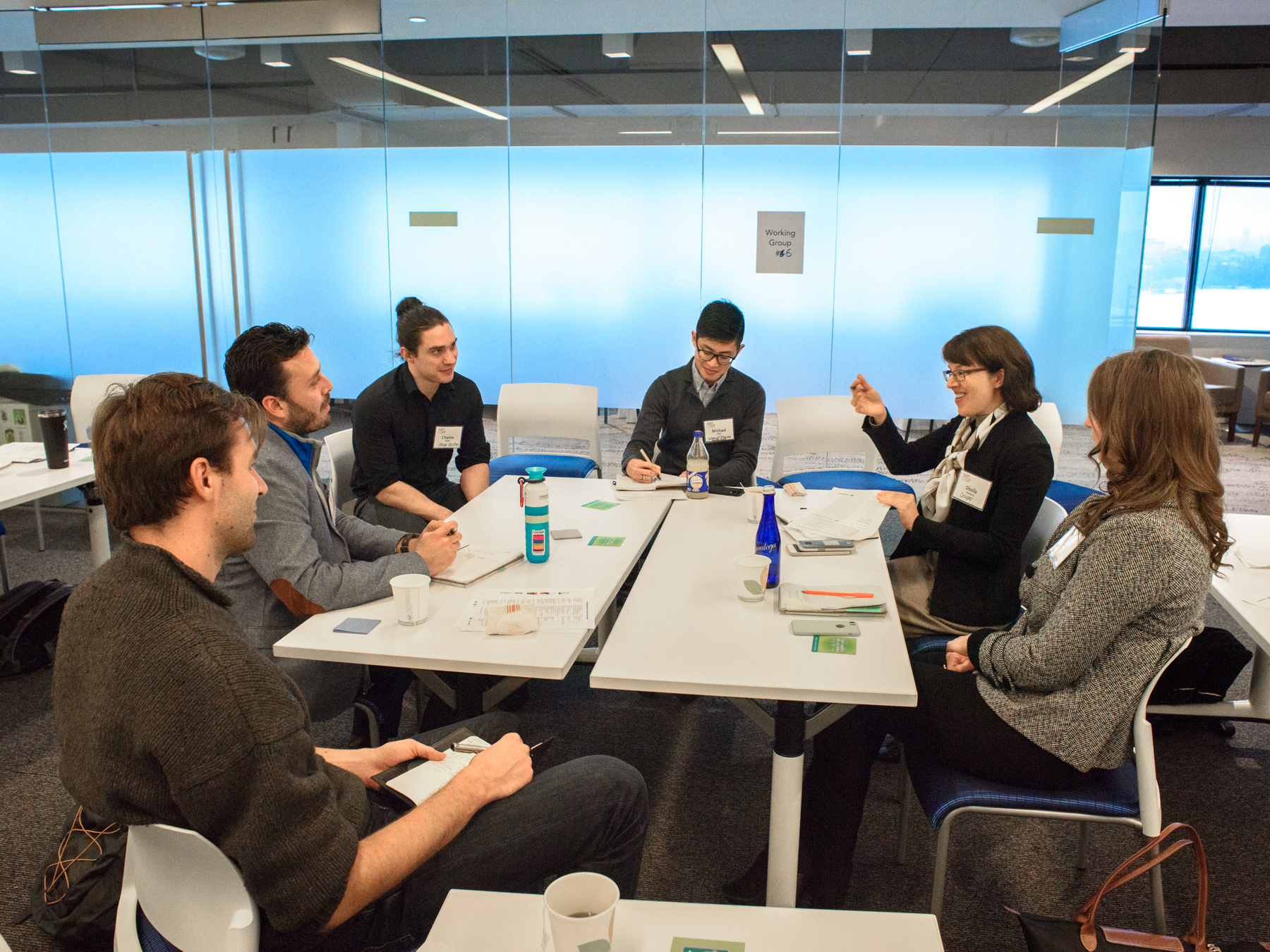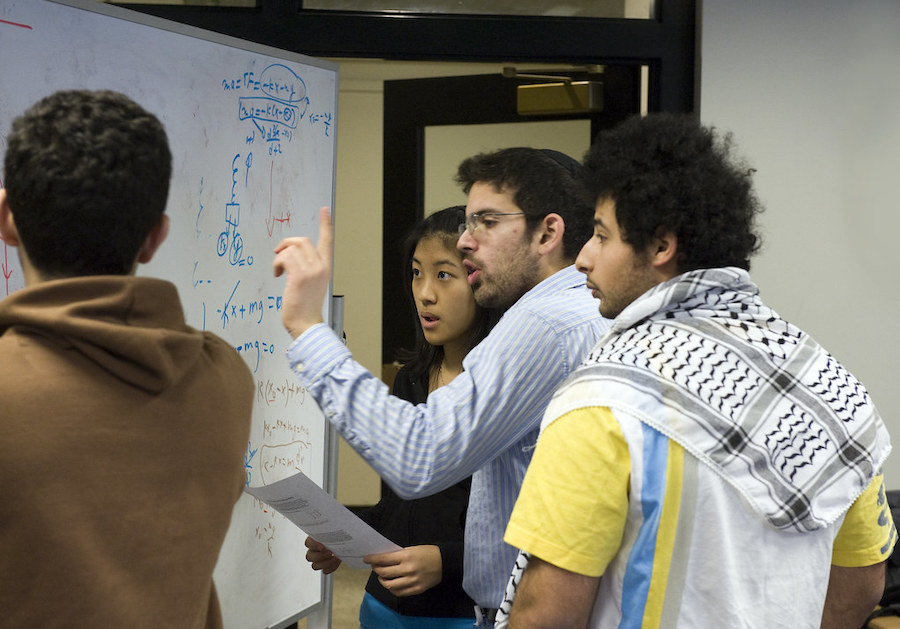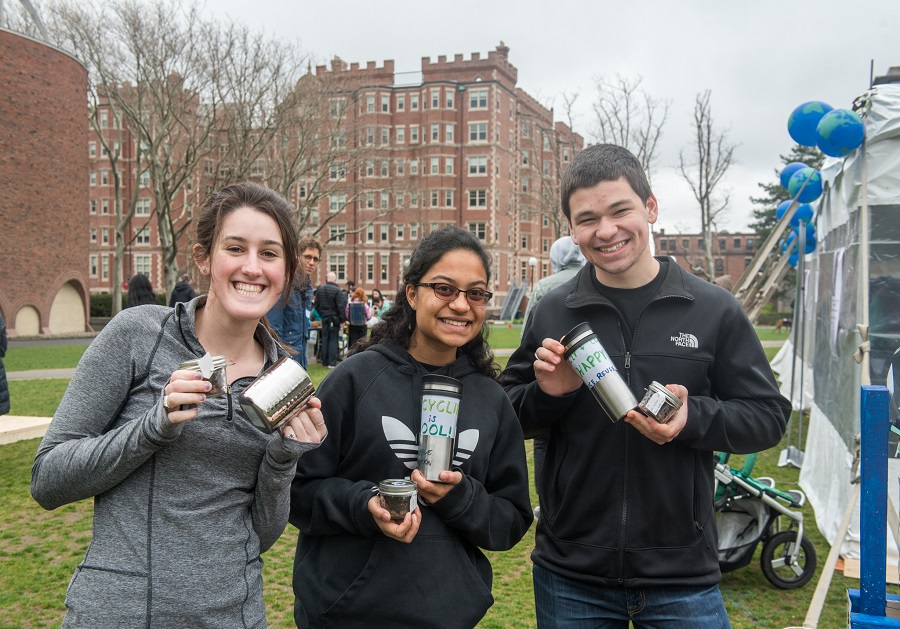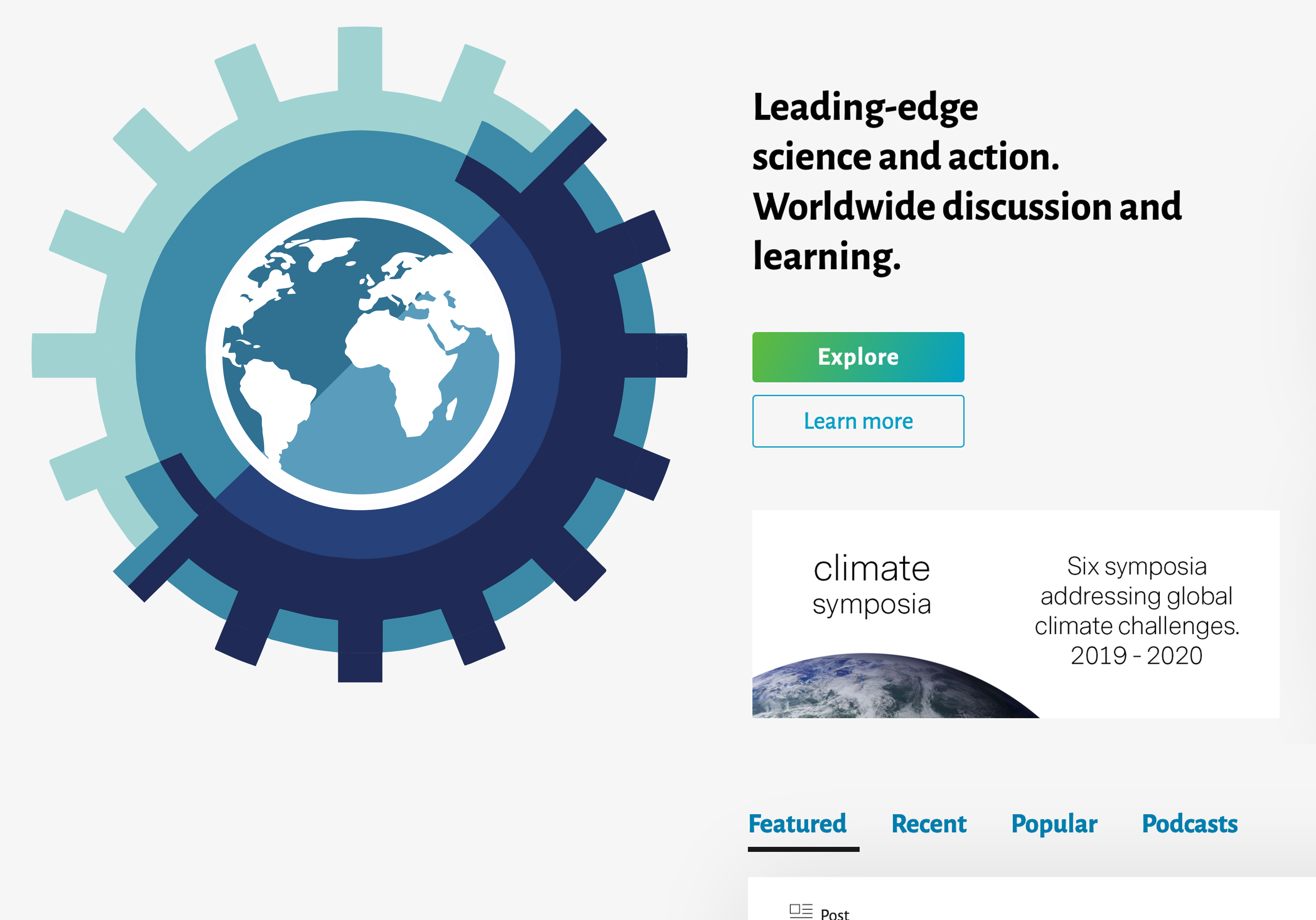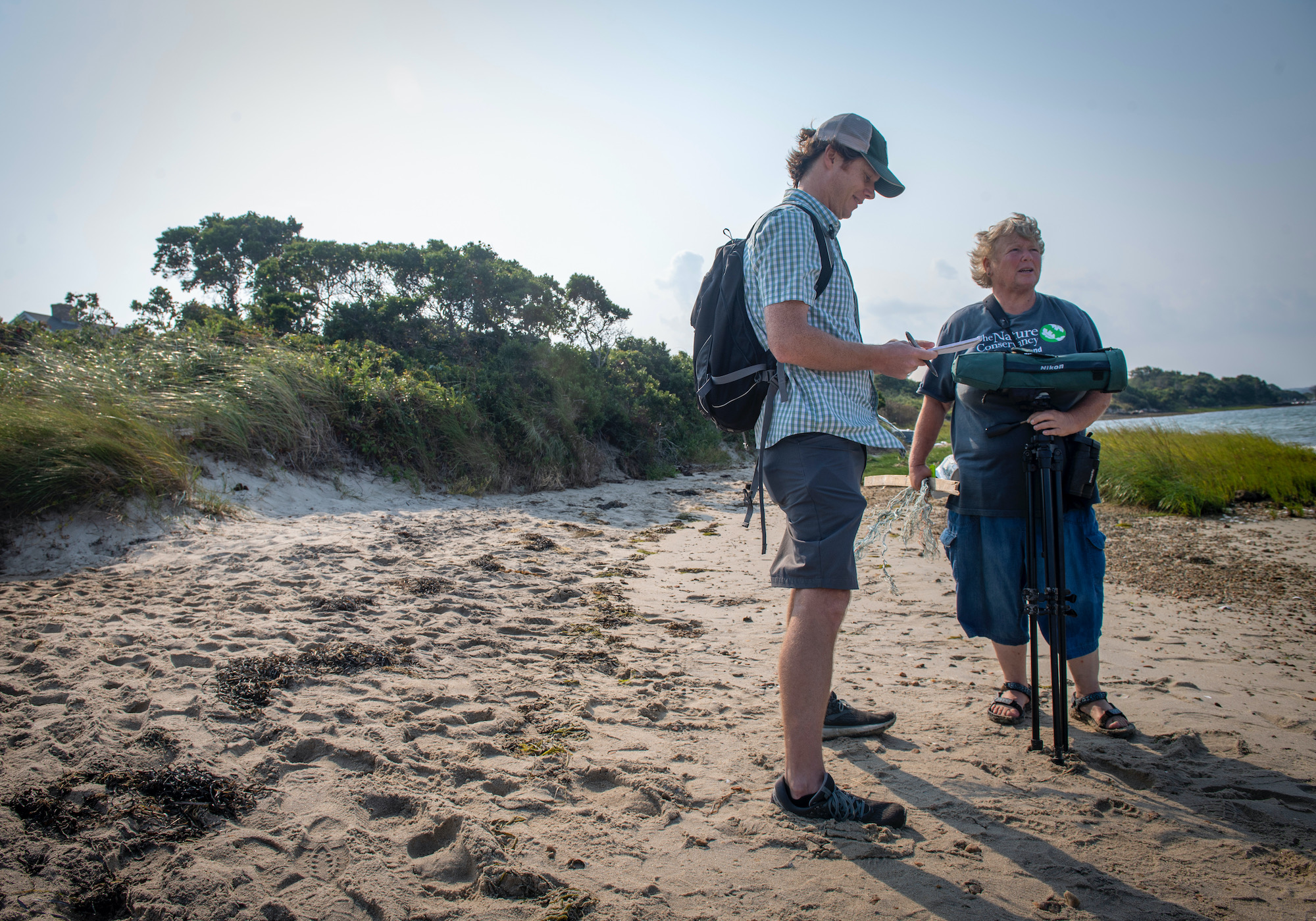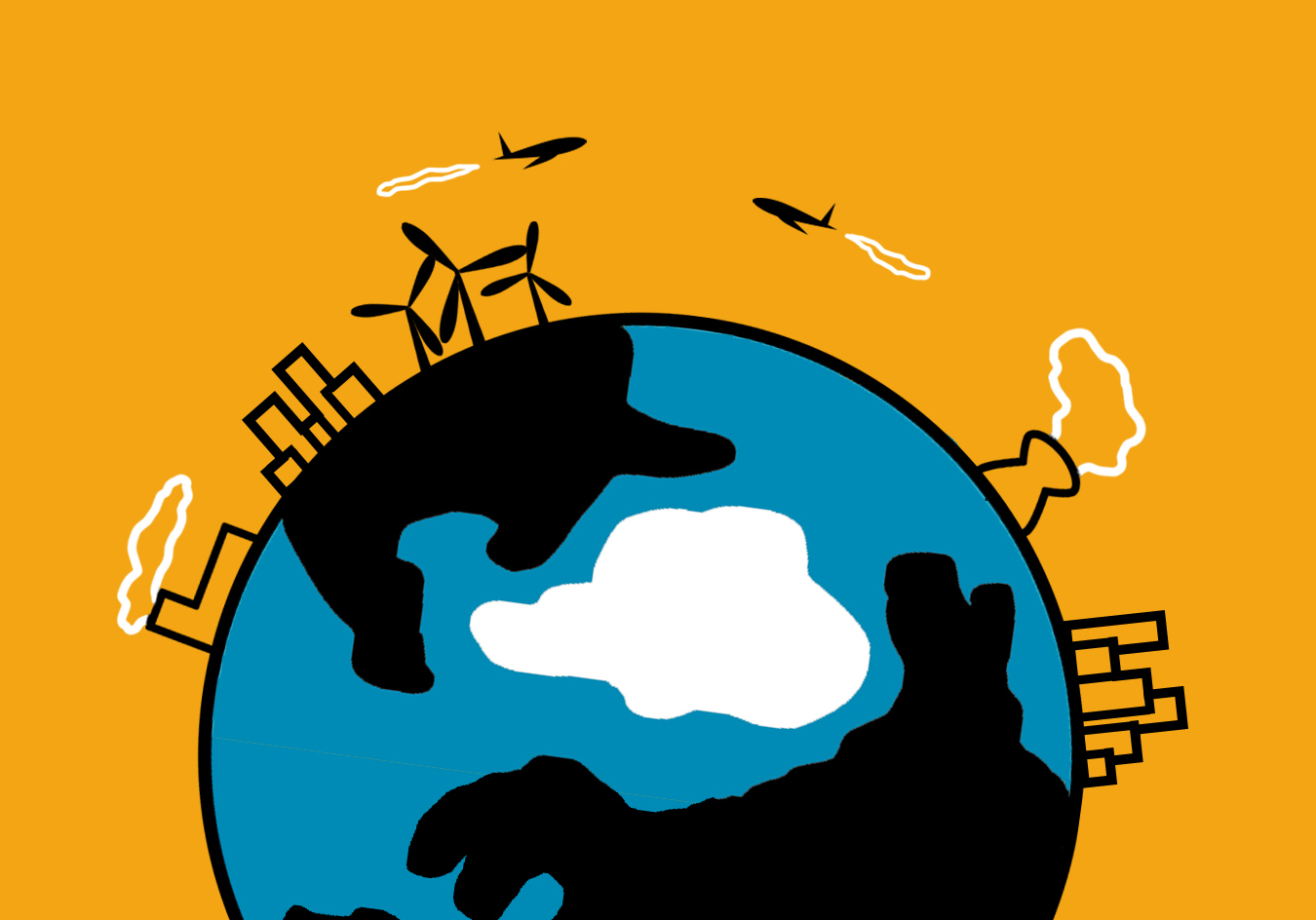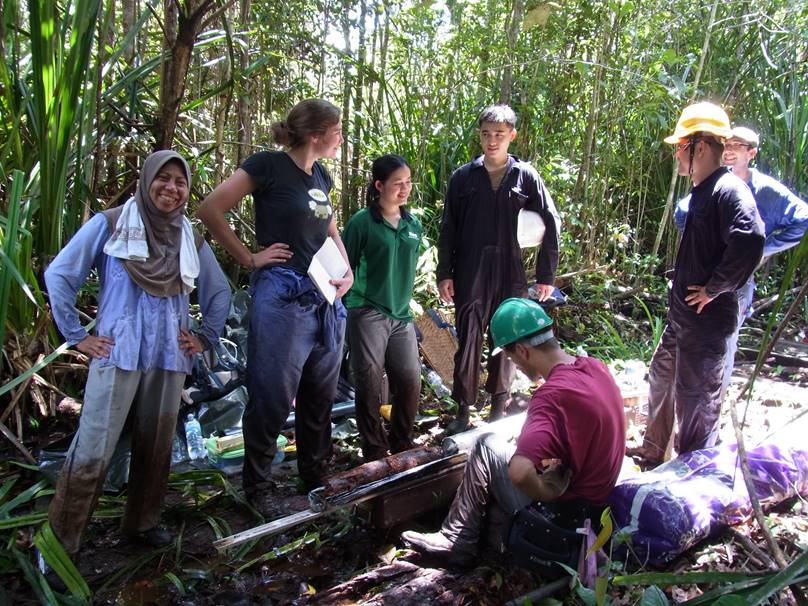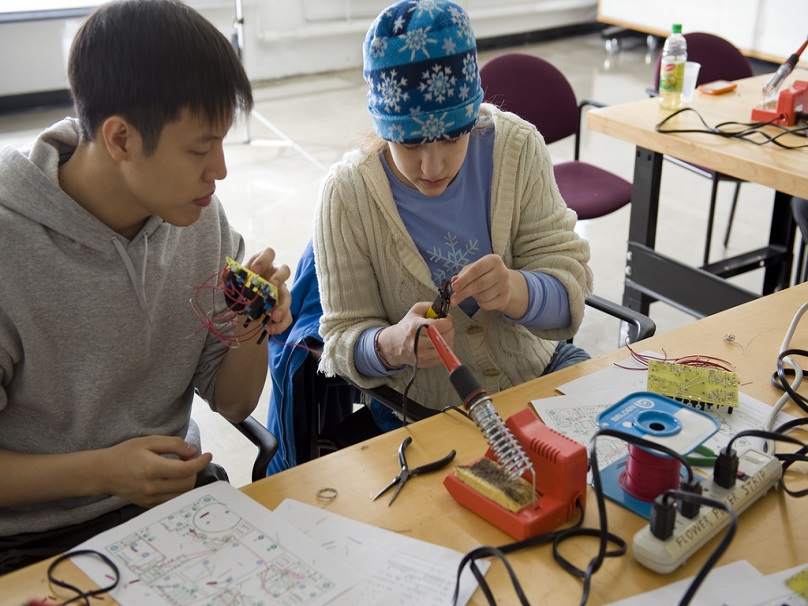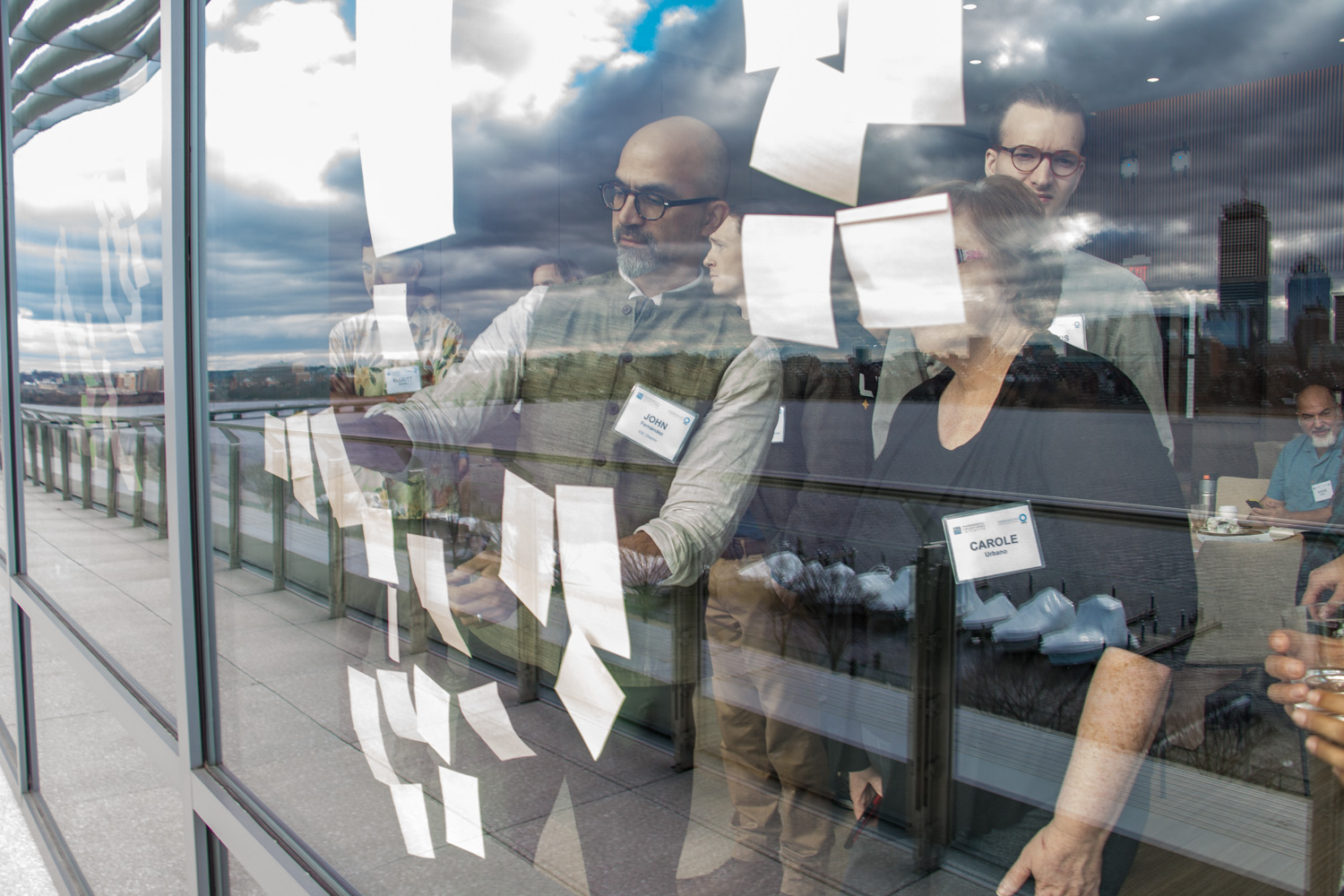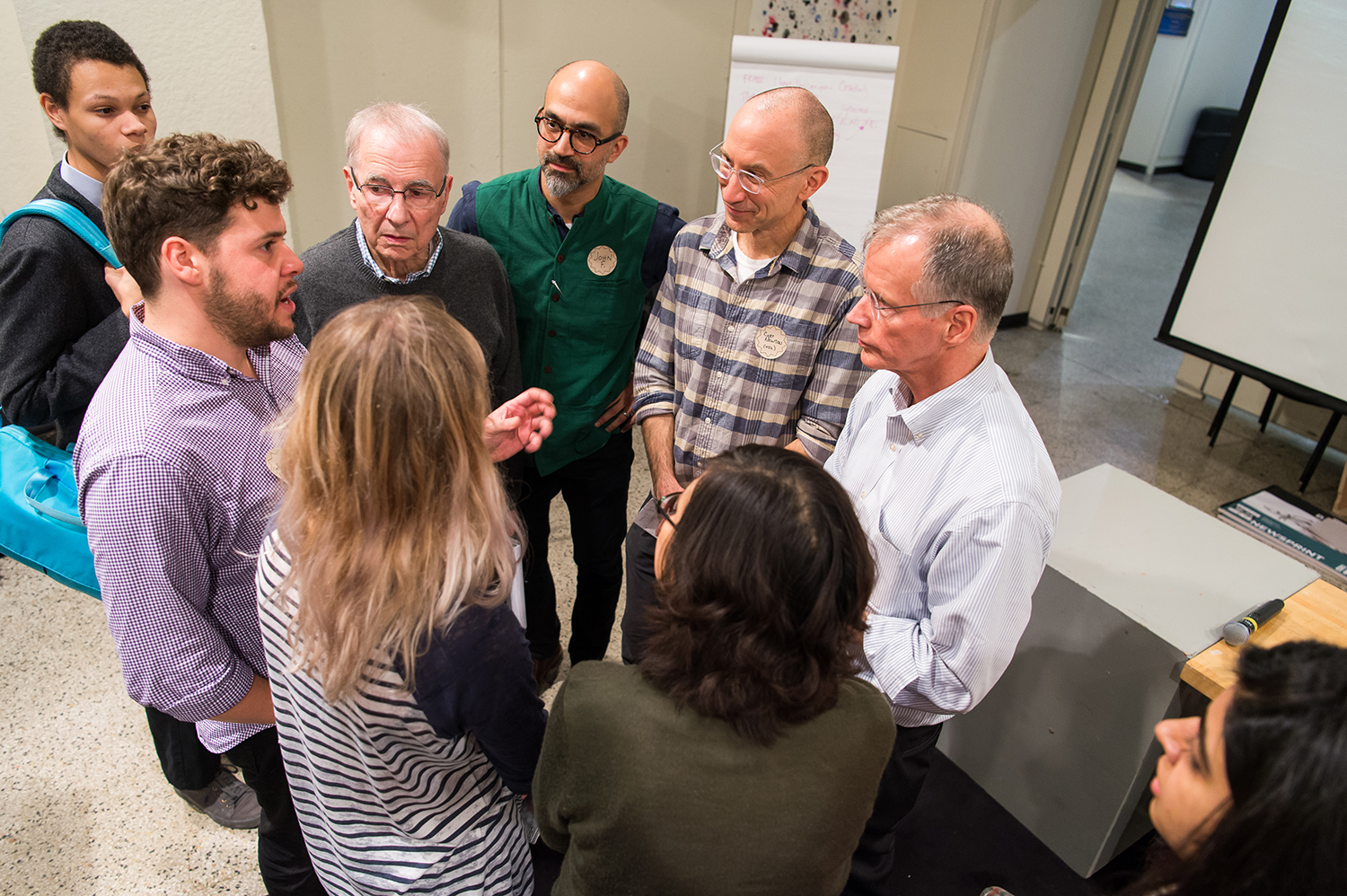Menu
ESI Stories
Metals, minerals and the race to 2050
Governments around the world are preparing to implement their 2050 emissions reduction commitments under the Paris Agreement, many of which will hinge on a transition to renewable energy sources for electricity generation and transportation. The International Energy Agency estimates that the share of energy from renewables needs to increase from 14% to 44% in order to meet the Paris Agreement’s goal of keeping global temperatures below 2°C from pre-industrial times.
What is it going to take to scale up renewables in such a short period of time? The answer might surprise you: mining.

On March 3, 2018, the World Bank, Intergovernmental Forum on Mining, Minerals, Metals and Sustainability Development and World Economic Forum hosted a Sustainability Forum as part of the Prospectors and Developers Association of Canada (PDAC) conference highlighting the World Bank’s recent study, The Growing Role of Minerals and Metals for a Low Carbon Future. The report offers a sobering perspective on the metals and minerals that will be required to manufacture clean energy technologies, ranging from base metals aluminum, copper, nickel and zinc to niche metals like lithium, niobium and cobalt. To meet the 2° scenario, wind and solar technologies are expected to double demand for their requisite metals and minerals, while energy storage batteries will increase demand by an astounding 1,000%.
While the opportunities for the extractives sector are clear, questions remain on how demand can be met in a way that aligns with social and ethical goals. For example, how can we ensure that booming operations in resource-rich developing countries won’t create an inadvertent transition to “conflict energy”? Lessons from the information technology and electric vehicle industries have shown us the trials and pitfalls of sustainable sourcing, leading companies like Apple to consider direct contracts with cobalt mines and Tesla to look towards investing in lithium processing plants.
There is also the issue of the climate impact of metals and minerals production. Mining, extraction, transportation and other related processes are linked to significant greenhouse gas emissions that could work against global climate goals. For example, crushing rock, a core process in mines, uses roughly 3% of world energy resources alone.
The World Bank study concludes that innovation is needed to sustainably meet our renewable energy goals — something MIT is strongly committed to through education and research addressing all elements of the metals and minerals life cycle. In 2015, the Environmental Solutions Initiative (ESI) provided seed funding for the Metals & Minerals for the Environment (MME), an Institute-wide program founded by Professors Antoine Allanore and Alan Hatton.

Suzanne Greene attended the PDAC Sustainability Forum on behalf of the MME and ESI, showcasing the innovative work across the Institute. For example, there is Professor Allanore’s research on sustainable metallurgy, which spawned a novel technique to produce copper in a clean and efficient way – reducing emissions and eliminating sulfuric acid as a byproduct. There is also Professor Elsa Olivetti’s work on recycling and the circular economy illuminates the pathways for metal and mineral reuse to lessen the need for virgin materials. Adding the supply chain perspective, Dr. Alexis Bateman’s work provides methods and metrics for the technology producer to ensure the metals and minerals they purchase fit social and environmental goals.
These are just a few of the many promising developments coming out of MIT in this space, one which MIT, MME and ESI will continue to support. Contact us to find out how you can become involved.

